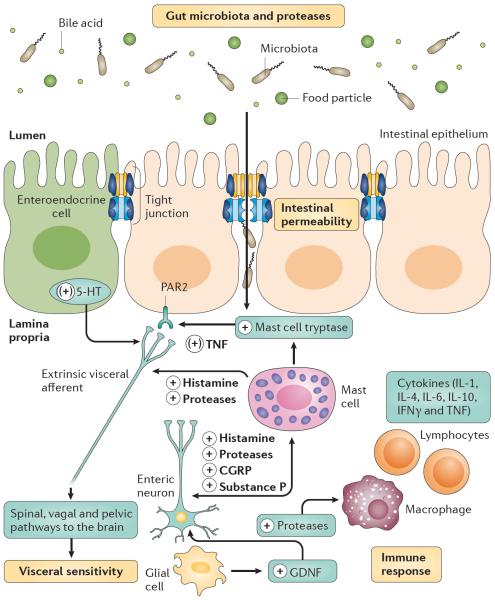Figure 4. Overview of the pathophysiology of IBS.
Although the aetiology of irritable bowel syndrome (IBS) has not yet been completely elucidated, various factors have a role, including composition of the gut microbiota, intestinal permeability, immune cell reactivity and sensitivity of the enteric nervous system, the brain–gut axis (spinal, vagal or pelvic pathways) or the brain. The figure highlights those mediators that are probably involved in IBS pathology. The plus symbols indicate whether a mediator activates or inhibits its target cell; those in parentheses denote actions established in animal models and those without parentheses are effects demonstrated in humans (human tissue). 5-HT, 5-hydroxytryptamine (also known as serotonin); CGRP, calcitonin gene-related peptide; GDNF, glial cell-derived neurotrophic factor; IL, interleukin; PAR2, proteinase-activated receptor 2; TNF, tumour necrosis factor.

